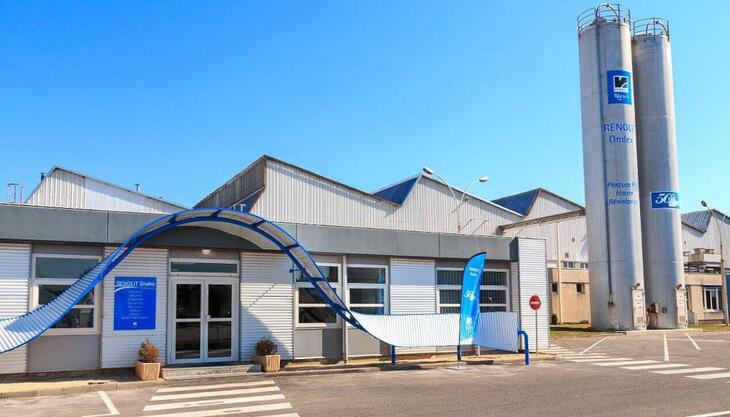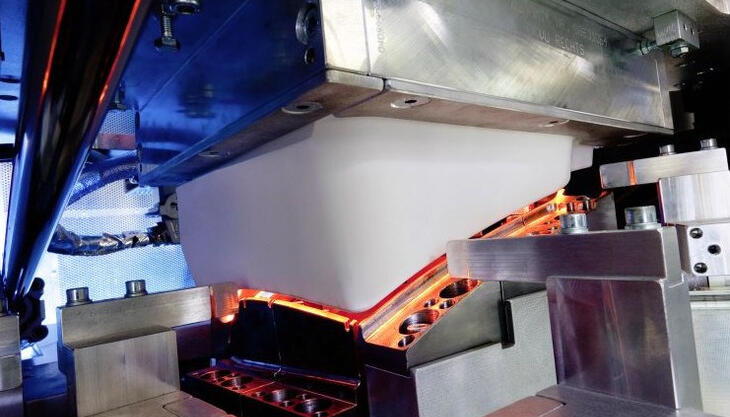Protected against the extreme conditions of Antarctica

Studies and simulations have shown that the total demand during the four summer months in which the "zero emission" polar base is manned is approximately 7,000 kWh/month, and for the eight winter months around 2,000 kWh/month. For the energy consumption 54 MWh per year is assumed. This comes down to an average annual energy consumption of 51 kWh/sqm.
For the power generation for the Princess Elisabeth station, the International Polar Foundation, the designer and builder of the station selected a hybrid system that can use solar and wind power at the same time. In the event of little wind, solar power can be used and vice versa. The nine wind turbines can withstand the extreme conditions of Antarctica and remain operational the whole year round. For the optimum utilisation of solar power, there are photovoltaic solar panels on the walls of the station, and freestanding modules on the garages. The photovoltaic installation is good for a total production of 52.26 kWh (up to 800 W/sqm sunshine). The station has a wooden frame covered with nine layers: (from the inside to the outside) a woollen felt as a finishing layer, an aluminium foil as a water vapour shield, paper, a layer of laminated spruce, 400 mm insulation, another layer of laminated spruce, a 3 mm thick moisture barrier, a foam layer and finally a steel plate. The cold thus first has to penetrate a wall of around 53 cm before reaching the inside. Polystyrene on a graphite base was chosen for the thermal insulation material.
Thanks to the excellent insulation level the entire skin has a U value of 0.07 W/sqm.K. In order to prevent air leaks, the joints between the wall modules were carefully sealed with an insulating foam. An EPDM layer guarantees the airtightness of the skin around the station. The windows are sealed with silicones specially selected for their resistance to UV radiation, remain permanently elastic and have a long lifetime.



















